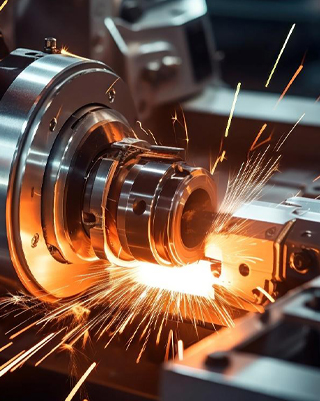Internal leakage in a directional control valve (DCV) refers to fluid passing through internal paths when the valve is supposed to be closed or in a specific position. This can lead to various performance issues, including slower actuators, erratic movements, and reduced system efficiency.
Common Causes of Internal Leakage:
· Wear and Tear:
Components like the spool, bore, and seals can wear over time, increasing clearances and allowing fluid to leak through.
· Contamination:
Debris and contaminants in the hydraulic fluid can damage valve components and prevent proper sealing, leading to leaks.
· Manufacturing Inaccuracies:
Spool valves may have inherent leaks due to the manufacturing tolerances and the need for good sliding properties.
· Improper Maintenance:
Failing to replace worn seals or properly maintain the system can contribute to leakage.
· Excessive Pressure:
If the valve is subjected to pressures beyond its design limits, it can damage internal components and create leaks.
Signs of Internal Leakage:
· Slow or Jerky Actuation:
Leaking fluid reduces the available pressure, resulting in slower or jerky actuator movements.
· Unusual Noises:
Hissing, knocking, or whistling sounds can indicate leaks, especially if accompanied by a pressure drop.
· Increased Heat:
Internal leaks can cause energy loss, resulting in increased heat in the system.
· Reduced System Pressure:
Internal leakage can lead to a decrease in overall system pressure, affecting performance.
· Drifting or Moving Actuators When Not Actively Controlled:
Inconsistent or unwanted movement of actuators can be a sign of internal leakage.
Troubleshooting and Repair:
1. 1. Visual Inspection:
Check for external leaks, which might indicate a problem with seals or connections.
2. 2. Pressure Testing:
Use a pressure gauge to monitor pressure drops and identify potential leaks.
3. 3. System Performance Monitoring:
Observe actuator behavior and note any signs of slow or erratic movements.
4. 4. Component Inspection:
If leakage is suspected, the valve may need to be disassembled and inspected for worn or damaged components.
5. 5. Repair or Replacement:
Depending on the extent of the damage, repairs may involve replacing seals, gaskets, or even the entire valve.


